Appearance Differences
The visual distinction between a tarantula and a daddy long legs is stark and immediate, making identification relatively straightforward. Tarantulas, belonging to the Theraphosidae family, are robust spiders, often covered in dense, hairy bodies, giving them a fuzzy appearance. Their bodies are divided into two main parts cephalothorax and abdomen, and they possess eight legs that are typically thick and sturdy, designed for climbing and navigating various terrains. They also have two prominent chelicerae (fangs) used for injecting venom. Their colors vary greatly, ranging from browns and blacks to vibrant hues, depending on the species and their natural habitat. On the other hand, daddy long legs, also known as harvestmen (Opiliones), present a remarkably different appearance. They have a single, oval-shaped body, with a fused cephalothorax and abdomen, and possess extremely long, thin legs. The length of their legs is their most defining feature, often many times longer than their body. Their bodies are usually small, smooth, and relatively plain in color, with hues of brown, gray, or tan.
Body Structure Daddy Long Legs
Daddy long legs exhibit a unique body structure that sharply contrasts with the tarantula’s robust build. The most distinctive feature of a daddy long legs is its body composition. Unlike spiders that have two main body sections cephalothorax and abdomen, daddy long legs have a single, fused body segment, making them appear as if their entire body is a single unit. This design contributes to their agility, allowing them to move and navigate their environment with remarkable ease. Their legs are exceptionally long and thin, often several times the length of their body, which enables them to detect vibrations and sense their surroundings over a wide area. The legs’ flexibility allows them to squeeze into narrow spaces and climb on various surfaces. Their mouthparts are small and designed for processing soft foods. This structure allows them to squeeze into tight spaces, run over surfaces at surprising speeds, and detect subtle changes in their environment, proving how adaptable they are to a wide range of habitats.
Body Structure Tarantula
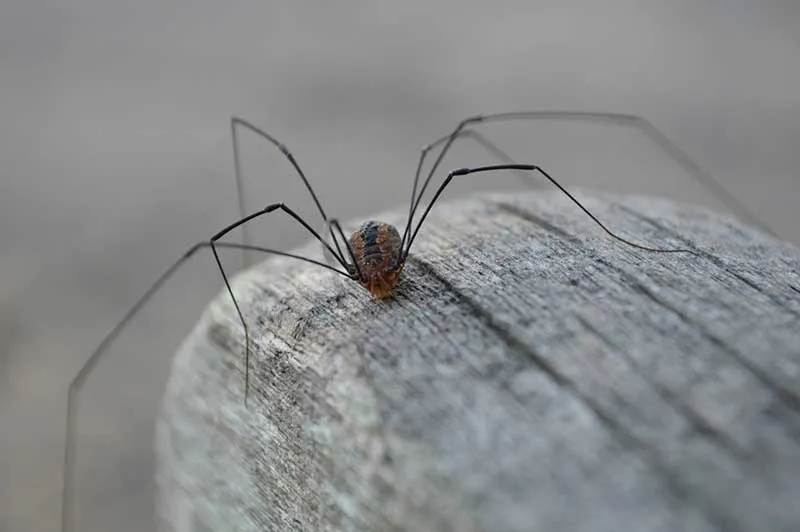
Tarantulas, on the other hand, possess a body structure designed for strength, stability, and predatory behavior. Their bodies are divided into two main parts the cephalothorax and the abdomen. The cephalothorax is where the head, mouthparts, and legs are attached. The abdomen houses the digestive and reproductive organs. Their exoskeleton is rigid and provides protection and support, allowing them to withstand various environmental challenges. Their eight legs are sturdy and covered with hairs, which help them grip surfaces, climb, and sense their surroundings. These strong legs are also crucial for capturing prey, which involves quick movements and powerful strikes. Their large chelicerae, or fangs, are designed for injecting venom, a key component of their hunting strategy. The overall structure of a tarantula reflects its lifestyle, which is typically one of a solitary predator relying on strength, stealth, and the injection of venom to subdue its prey.
Habitat Comparison
The habitats of tarantulas and daddy long legs, while sometimes overlapping, showcase significant differences reflecting their distinct ecological roles and adaptive strategies. These differences influence where you are likely to find them, their behaviors, and how they interact with their environments. Their varying habitat preferences highlight their unique evolutionary paths and the diverse ways in which they’ve adapted to thrive in different ecological niches, contributing to the rich tapestry of arthropod biodiversity across the globe. These differences are central to understanding these arachnids.
Daddy Long Legs Habitat
Daddy long legs are highly adaptable creatures and are found in a wide range of habitats around the world. They thrive in various environments, from forests and meadows to caves and even human dwellings. Their ability to adapt to diverse conditions allows them to populate many ecosystems. Often they are found in areas with ample vegetation, such as gardens, where they can find shelter and a steady supply of food. They frequently inhabit moist, dark places, like under logs, stones, or leaf litter, where they can avoid direct sunlight and retain moisture. Their preference for such environments reflects their need to stay hydrated and protected from predators. They are also common in human environments, such as cellars and sheds, indicating their capacity to coexist and thrive in disturbed habitats, making them a common sight in a variety of locations.
Tarantula Habitat
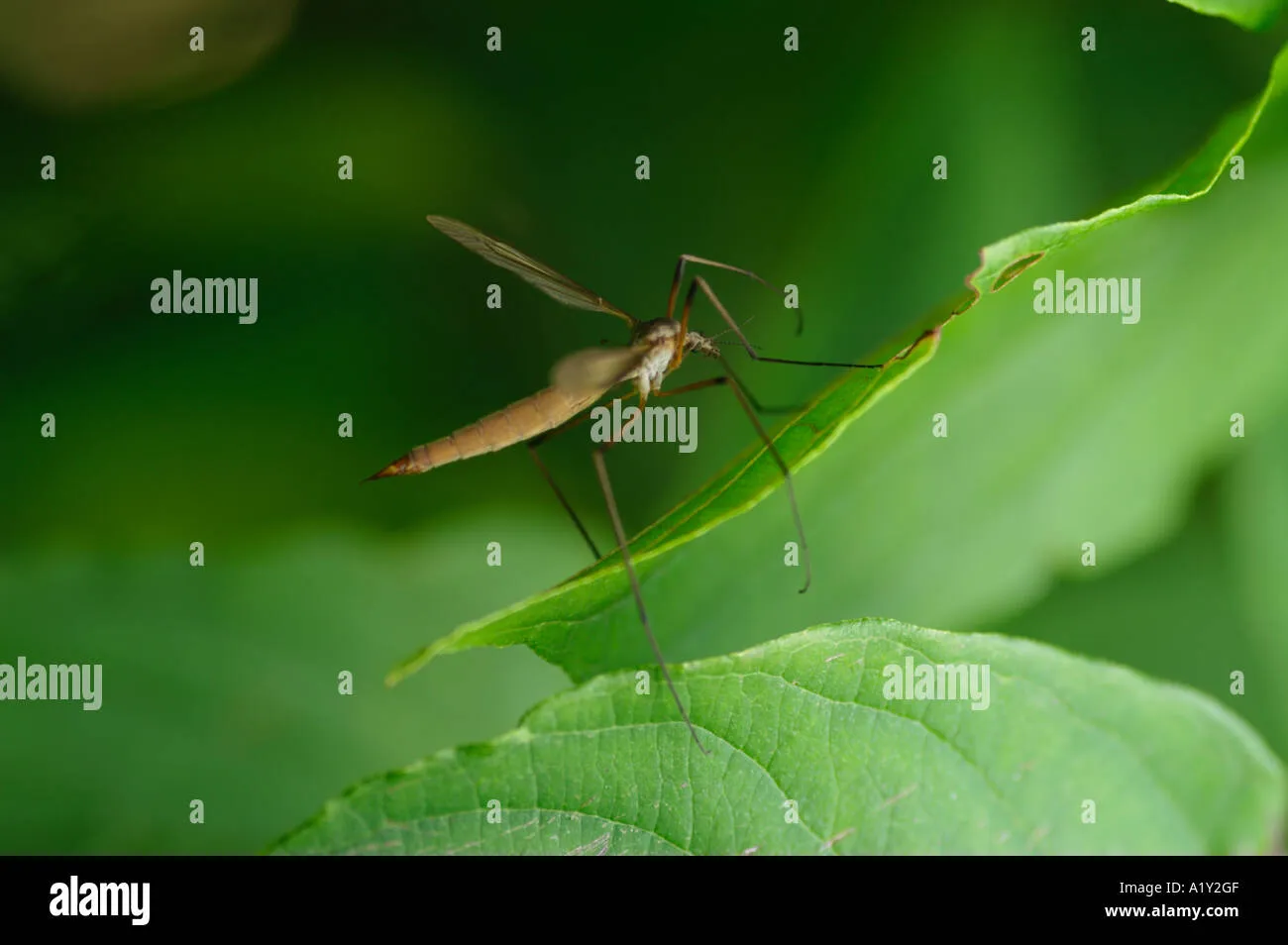
Tarantulas typically inhabit warmer regions, with many species found in tropical and subtropical areas across the globe. Their habitats vary based on species, from burrows in the ground to arboreal settings in trees. Many tarantulas are terrestrial, constructing burrows in the soil. These burrows provide shelter from the elements and protection from predators. Others live in more open environments, hiding under rocks or within the crevices of tree bark. Arboreal tarantulas have adapted to life in trees, using their claws and hairs on their legs to climb and navigate through branches. The choice of habitat depends on the species’ specific needs, including temperature, humidity, and the availability of prey. They are not commonly found in human dwellings, unlike daddy long legs, due to their specific environmental requirements and more specialized lifestyles. This distinct difference highlights their distinct needs and adaptations.
Venom and Defense Mechanisms
The approaches to defense and the use of venom differ significantly between tarantulas and daddy long legs, reflecting their evolutionary adaptations. These differences reveal their hunting strategies, their interactions with the environment, and their overall survival mechanisms. While both have evolved to protect themselves, their approaches are as different as night and day. The ways they approach defense showcase the diverse tactics employed by arachnids to survive and thrive in their habitats.
Venom Daddy Long Legs
Daddy long legs are often mistakenly believed to be venomous; however, the vast majority of species lack venom glands altogether. While some species possess defensive mechanisms, these do not involve venom. Their primary defenses include camouflage, fleeing from predators, and the ability to detach legs (autotomy) to escape capture. The detachable legs can distract predators, allowing the daddy long legs to escape. This self-amputation allows the daddy long legs to survive an attack at the expense of a leg, with the ability to regenerate lost limbs over time. This approach underscores their strategy for survival, which relies on avoiding conflict and employing physical tactics rather than chemical weapons.
Venom Tarantula
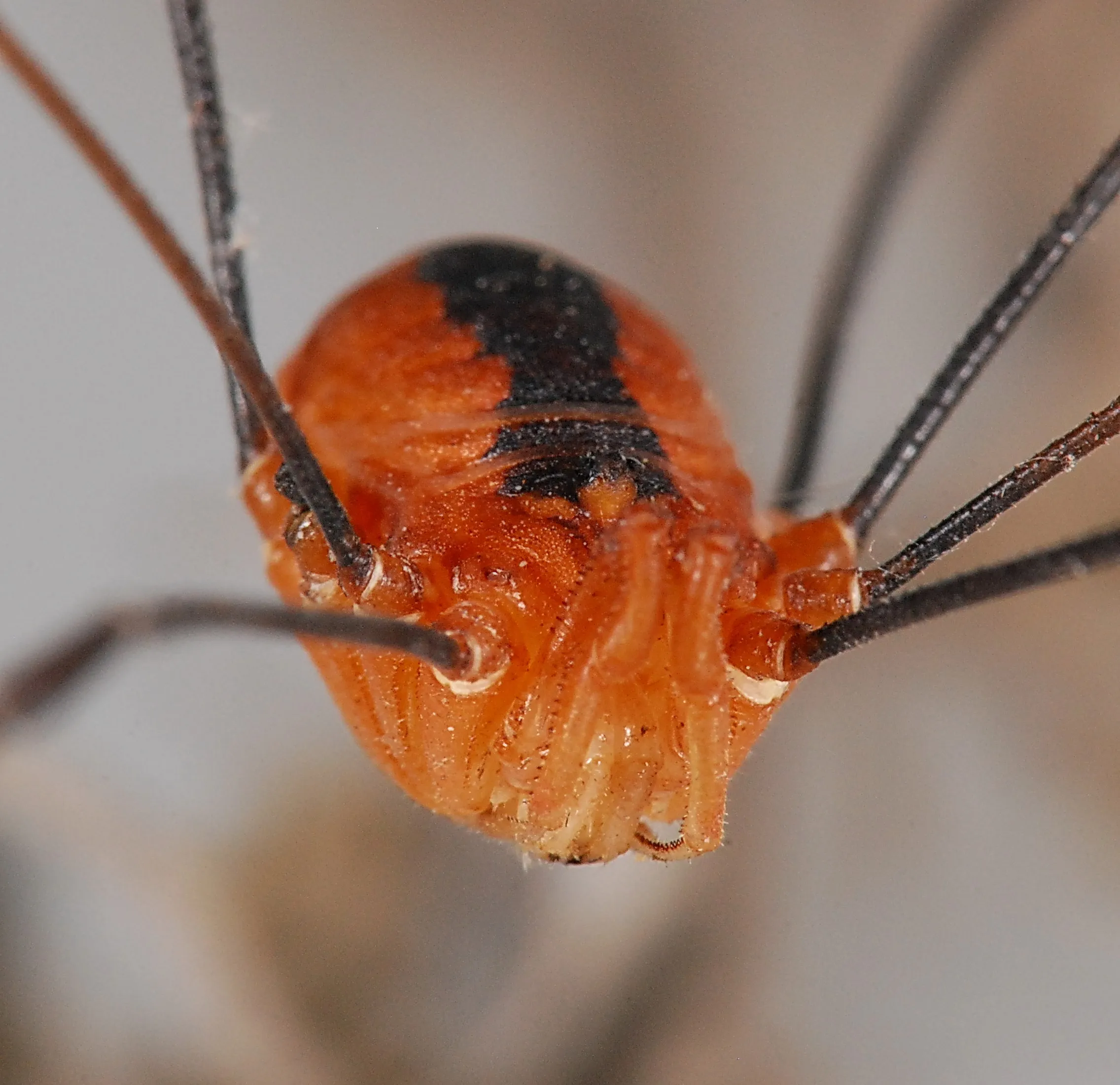
Tarantulas are venomous, and they use their venom primarily for hunting and defense. The venom of a tarantula is injected through their chelicerae, which are modified fangs. Their venom is typically not lethal to humans; their bite is often compared to a bee sting, causing localized pain, swelling, and discomfort. The potency and effects of the venom vary depending on the species. They also have other defense mechanisms, such as urticating hairs. These hairs are barbed and can be flicked off the abdomen toward a potential threat, causing irritation upon contact. They utilize their venom to subdue their prey, which includes insects, small vertebrates, and other arthropods. The combination of venom and physical capabilities makes them formidable predators in their habitats.
Size and Lifespan
Size and lifespan differences are another key distinction between tarantulas and daddy long legs. These aspects are central to understanding their life cycles, their ecological roles, and how they manage their survival in diverse environments. They reflect the distinct evolutionary paths each arachnid has taken. Their differing size and lifespan highlight the varied strategies and adaptations that have shaped their existence.
Size of Daddy Long Legs
Daddy long legs are relatively small arachnids. Their body size typically ranges from a quarter of an inch to about half an inch. The most striking aspect of their size is the length of their legs, which can be several times the length of their body, though the body itself is quite small. This leg-to-body ratio is a key identifier of this species. They are not built for brute force, rather their size and agility help them move quickly through tight spaces and evade predators. Their small size also influences their dietary habits, as they tend to feed on small insects and organic matter.
Lifespan of Daddy Long Legs
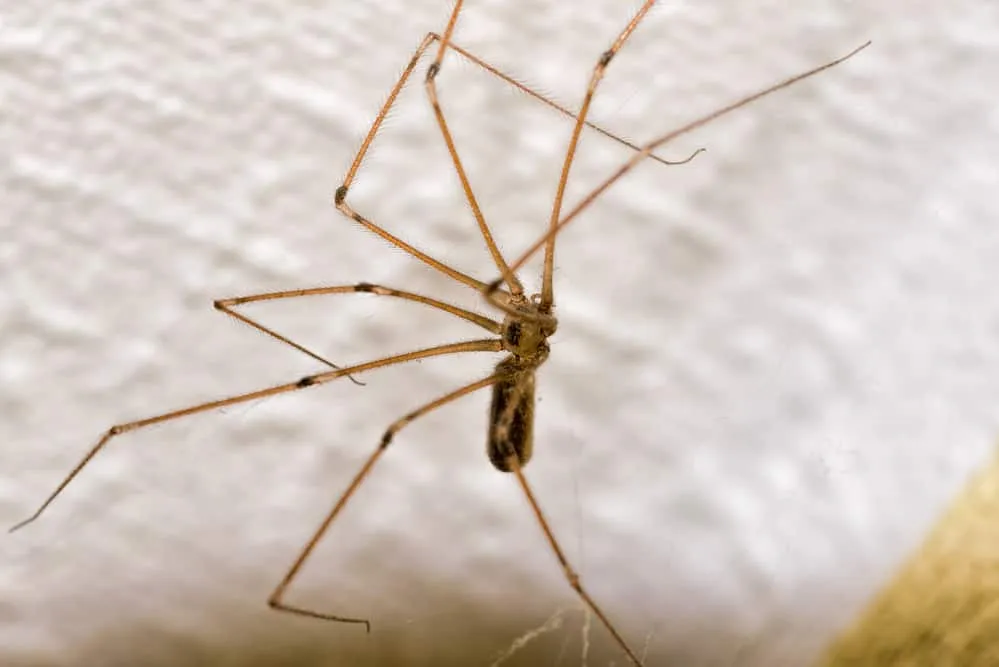
The lifespan of daddy long legs is relatively short. Most species live for approximately one year. This lifespan allows them to complete their life cycle, reproduce, and contribute to their ecosystem. Their short lifespan, combined with their high reproductive rates, ensures that they can quickly rebound their population. The brevity of their lives is balanced by their ability to adapt quickly to new environments and to benefit from the resources available within their range. This short lifespan is one of their key adaptations that allow them to thrive in a variety of habitats. The rapid life cycle is well-suited to the environments they occupy.
Size of Tarantula
Tarantulas are significantly larger arachnids compared to daddy long legs. Their body size can range from two inches to over four inches, with some species reaching even greater sizes, particularly the larger species. The size varies considerably depending on the species and individual traits. They are among the largest spiders in the world, which is a key characteristic that makes them stand out from many other arachnids. Their substantial size influences their predatory behaviors and their defense strategies. They require more space and resources than the smaller daddy long legs, and their body plan reflects their role as formidable predators within their ecosystems.
Lifespan of Tarantula
Tarantulas have a significantly longer lifespan than daddy long legs. Female tarantulas can live for over 20 years, and some species even longer. Males typically have shorter lifespans, often only a few years. This difference is partly due to the risks they face during their mating season. The long lifespans of female tarantulas allow them to reproduce multiple times and raise multiple broods. This longevity is an important factor in their survival strategy, contributing to the stability of their populations over long periods. Their extended lifespans enable them to mature slowly, grow to large sizes, and establish themselves in their habitats, making them a long-lived presence in their ecosystems.
Dietary Habits
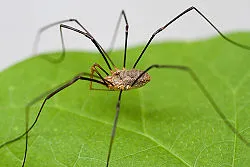
The dietary habits of tarantulas and daddy long legs are distinct, mirroring their body structures, and their ecological roles. These differences are a key part of their lifestyles and are central to their survival strategies. Both species are carnivorous, but their food choices, hunting methods, and overall approaches to feeding contrast significantly, reflecting the diversity of their respective adaptations to different environments.
Daddy Long Legs Diet
Daddy long legs are primarily scavengers and omnivores. They feed on a wide range of small organisms, including dead insects, decaying plant matter, and sometimes even small live insects. They possess small mouthparts suited for processing softer food items, reflecting their scavenging lifestyle. They do not actively hunt large prey, but instead rely on opportunistic feeding, often consuming whatever is readily available. Their diet is crucial in recycling organic materials, making them important contributors to their ecosystems. Their flexible eating habits allow them to thrive in diverse habitats, contributing to their success. Their diet is an example of their adaptability.
Tarantula Diet
Tarantulas are active predators. They feed primarily on insects, but they also consume small vertebrates such as lizards, mice, and birds, depending on their size and the availability of prey. They are skilled hunters, employing a combination of ambush tactics and venom to capture and subdue their prey. They are equipped with powerful chelicerae (fangs) that inject venom, which immobilizes and begins to digest their prey. Their dietary habits reveal their position as apex predators within their local food webs, playing a key role in controlling insect populations. Their diet reflects their predatory lifestyle and their specific adaptations for hunting and consuming various prey types, demonstrating their important role in the ecosystem.
